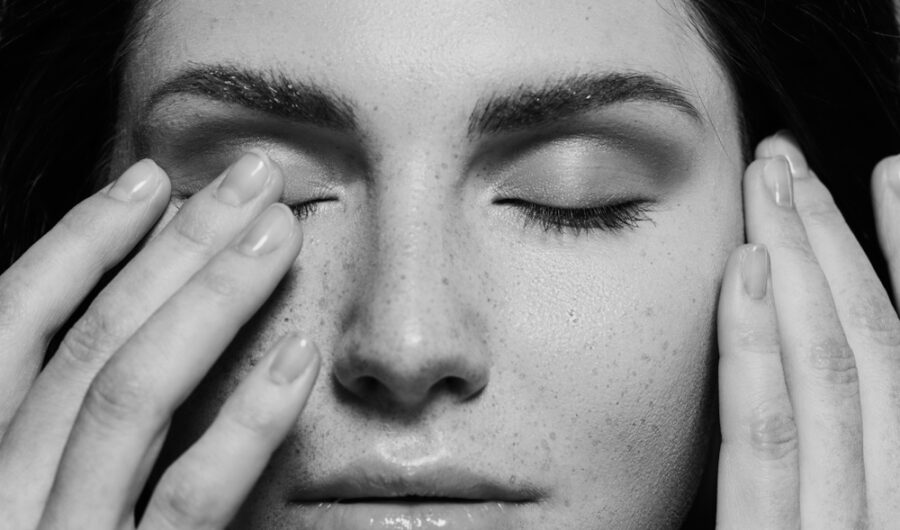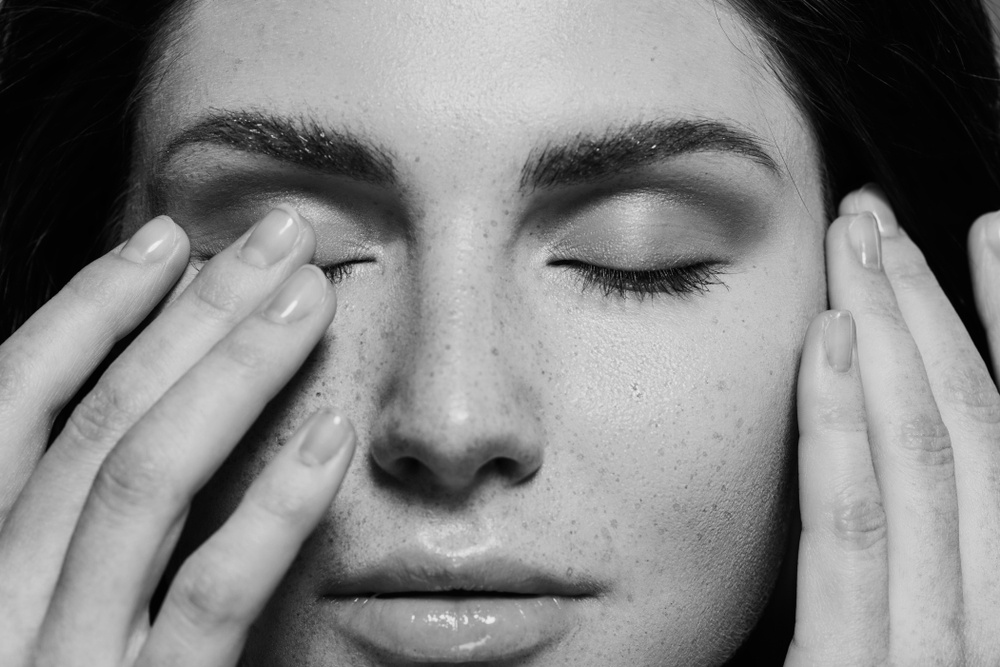In today’s fast-paced world, stress has become an almost constant companion. Whether it’s juggling work deadlines, managing family responsibilities, or dealing with the uncertainties of global events, our bodies often respond to these stressors by producing cortisol. Cortisol is a hormone released by the adrenal glands and while it’s often labelled the body’s stress hormone, cortisol actually plays crucial roles in regulating blood sugar levels, reducing internal inflammation, and even preserving memory. However, excessive cortisol can be harmful, affecting various aspects of our health, including our skin.
Here, Mike Kocsis from Balance My Hormones reveals the truth about cortisol face, why your complexion could reveal high cortisol levels and shares several scientifically backed methods to reduce its production.
How Cortisol is Released
The brain’s hypothalamus initiates cortisol secretion by releasing corticotrophin. This triggers the release of the adrenocorticotropic hormone (ACTH), which prompts the adrenal glands above the kidneys to release cortisol. This kickstarts the body’s fight-or-flight response, a mechanism designed to keep us safe by alerting us to danger. However, chronic stress causes excess cortisol to circulate through the body, affecting not only our mood but also our organs, including the skin.
Signs Your Skin is Signalling High Cortisol Levels
Breakouts and Acne
Stress-related breakouts are common because cortisol is an inflammatory hormone that causes sebaceous glands to produce excess oil, leading to clogged pores and acne, especially around the chin and mouth.
Psoriasis, Eczema, and Rosacea
High cortisol levels can trigger skin conditions such as psoriasis, eczema, and rosacea. Those already suffering from these conditions may experience worsened symptoms, while others might develop them for the first time.
Premature Aging and Wrinkles
Cortisol accelerates ageing by breaking down collagen, the protein that provides structural support to the skin. As a catabolic hormone, cortisol disrupts the collagen matrix, which comprises 75% of the skin. The result is a loss of skin structure, increased sagging, and the early appearance of wrinkles and fine lines.
Skin Thinning and Bruising
Elevated cortisol levels can lead to skin thinning, making it more fragile and prone to bruising. This happens because cortisol impairs the skin’s ability to regenerate and heal, reducing its resilience.
Increased Sensitivity and Redness
The skin produces oils that protect against environmental stress. Cortisol hampers the production of these oils, making the skin more susceptible to dryness and irritation. This can lead to increased sensitivity, redness, and the development of dry patches.
Puffiness and a Round Face
High cortisol levels can cause fluid retention, leading to a puffy, round face, often referred to as “moon face.” This puffiness is due to cortisol’s effect on the body’s balance of water and electrolytes, causing the face and other areas of the body to retain excess fluid.
Ways to Lower Cortisol (Backed by Science)
Reduce Caffeine Intake
Caffeine stimulates the central nervous system, increasing heart rate and blood pressure, which can elevate stress and cortisol levels. Reducing caffeine consumption also improves sleep hygiene, helping to balance mood. Research has shown that lowering caffeine intake can reduce cortisol levels and improve sleep quality (Lovallo, W.R., 2006).
Boost Serotonin Production
Activities like meditation, exercise, and exposure to sunlight boost serotonin, the feel-good hormone that can suppress cortisol. Studies have demonstrated that regular physical activity can lower cortisol levels and enhance mood through increased serotonin production (Ströhle, A., 2009).
Maintain a Healthy Diet with Omega-3 Fatty Acids
Incorporating omega-3 fatty acids into your diet can help lower cortisol levels. Omega-3s, found in oily fish (salmon, mackerel, sardines, trout) and plant-based sources (flaxseeds, chia seeds, walnuts, algae), have powerful anti-inflammatory properties. They help regulate the body’s stress response and stabilize cortisol levels, supporting brain health and improving mood. Studies show that omega-3s reduce inflammation and cortisol production (Kiecolt-Glaser, J.K. et al., 2011).
Get Adequate Sleep
Sleep is essential for regulating cortisol levels. Poor sleep can lead to elevated cortisol, contributing to stress and skin issues. Aim for 7-9 hours of quality sleep per night. Studies have shown that consistent, sufficient sleep can help maintain balanced cortisol levels (Leproult, R. & Van Cauter, E., 2010).
Practice Mindfulness and Relaxation Techniques
Mindfulness practices, such as yoga and deep breathing exercises, can significantly reduce cortisol levels. Research indicates that mindfulness-based stress reduction (MBSR) techniques can lead to lower cortisol and improved stress resilience (Tang, Y.Y. et al., 2007).
Stay Hydrated
Dehydration can elevate cortisol levels. Drinking enough water throughout the day can help maintain hydration and support overall health. Studies suggest that even mild dehydration can increase cortisol production (Armstrong, L.E. et al., 2012).
Social Connections and Support
Strong social support networks can buffer against stress and reduce cortisol levels. Engaging in positive social interactions and building a support system can help mitigate the effects of stress (Heinrichs, M. et al., 2003).
By understanding and managing cortisol levels, you can better maintain both your skin health and overall well-being. These methods are not only backed by science but are also practical steps you can incorporate into your daily routine to help manage stress and its impact on your body.














